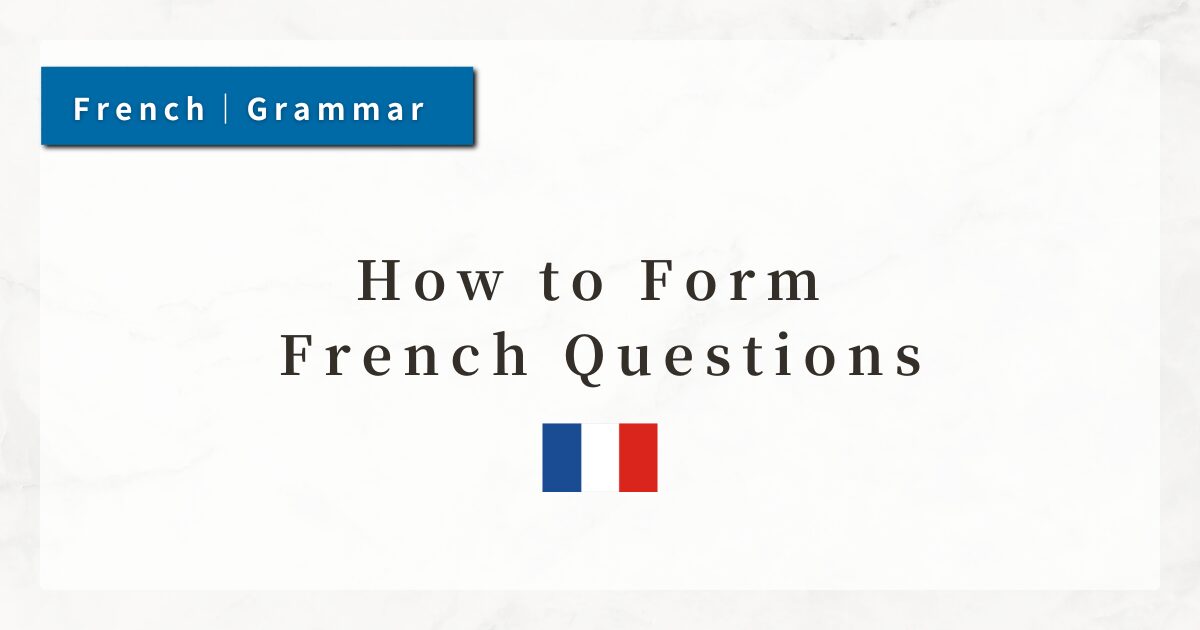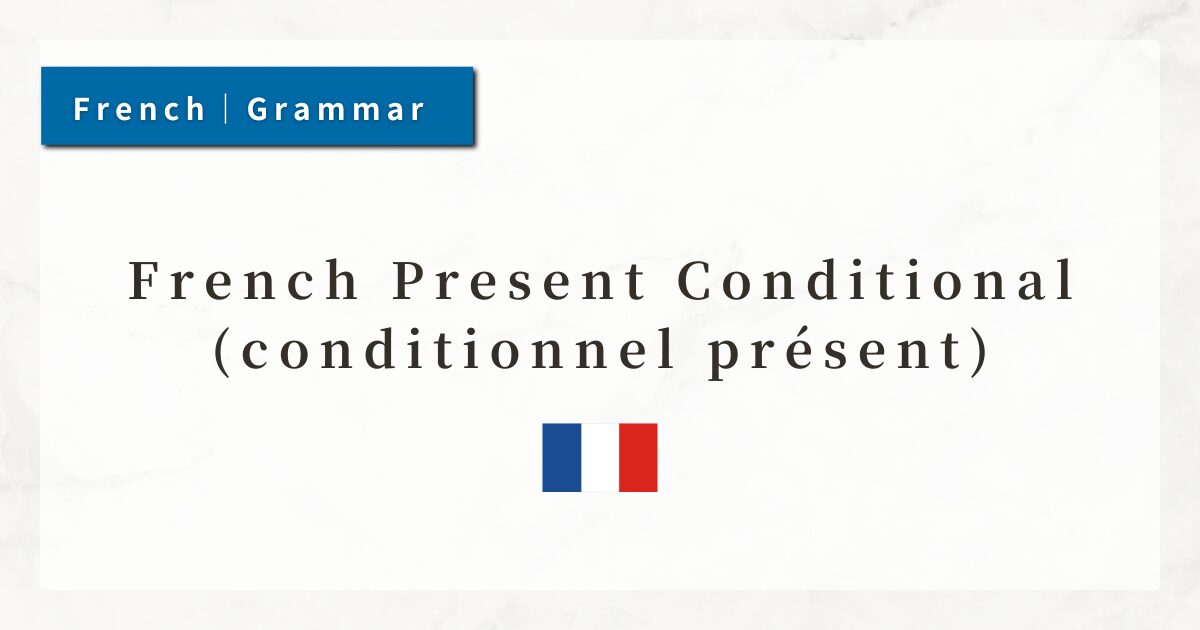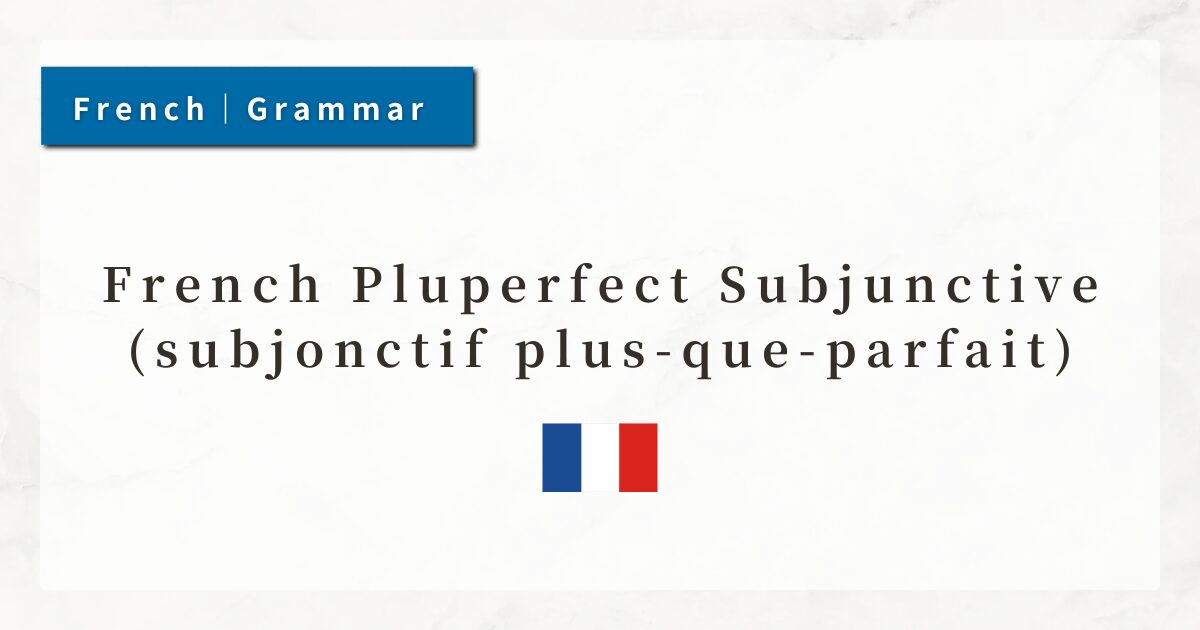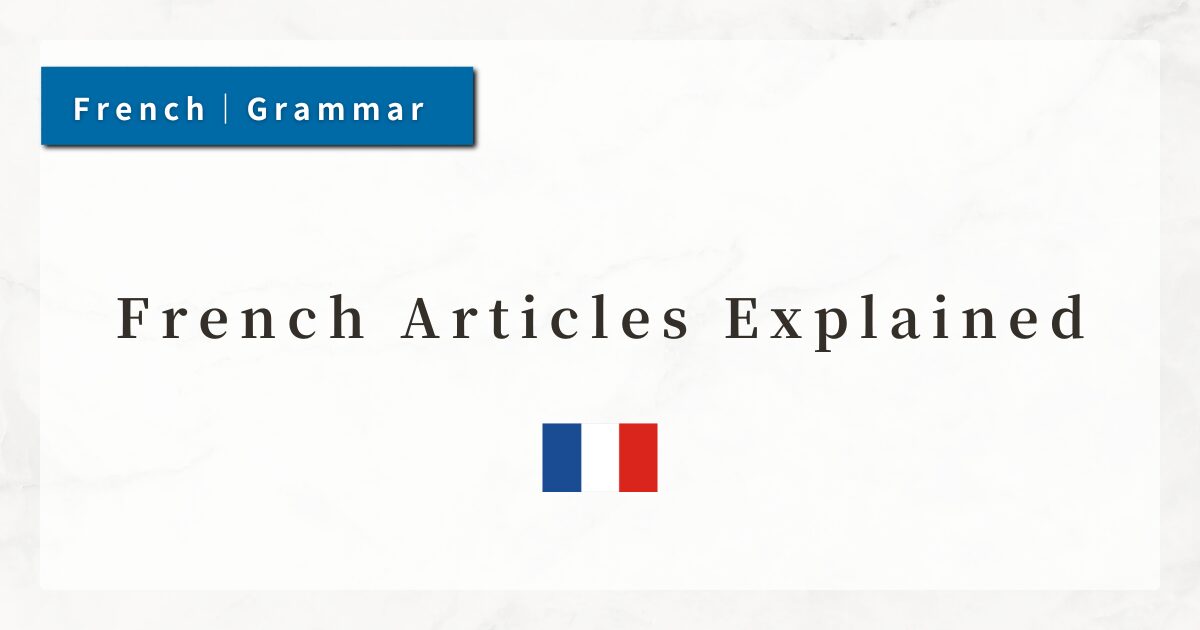#41 French Near Future vs Simple Future | Differences, Usage, and Examples
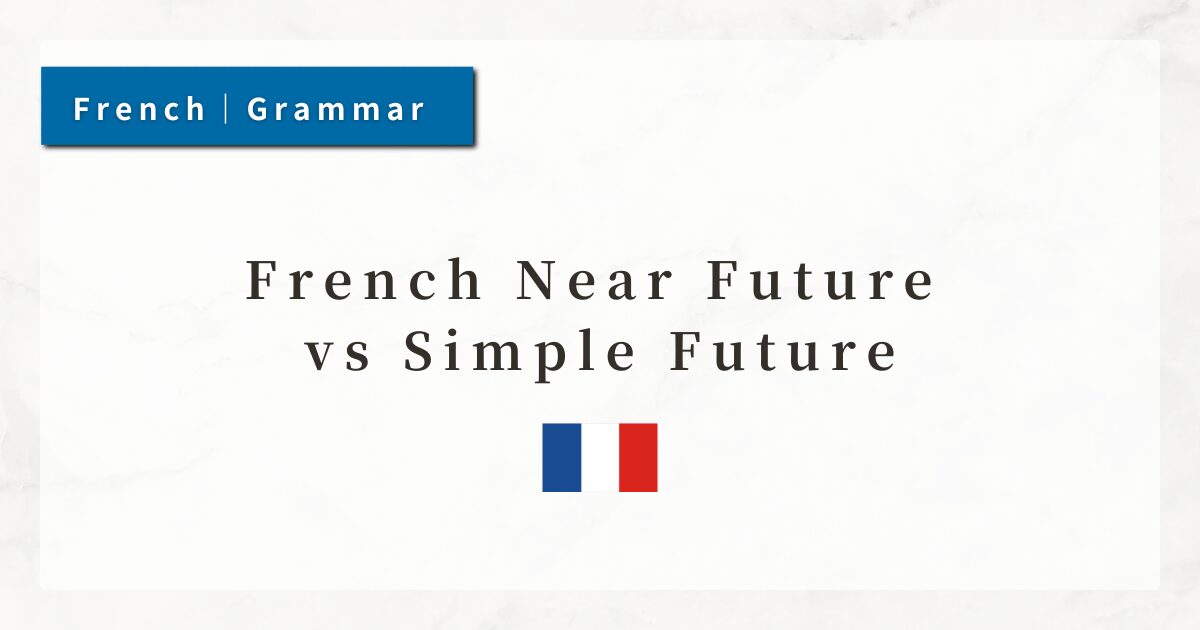
In French, there are two common ways to express the future: the near future (futur proche) and the simple future (futur simple).
Both can be translated as “will do” or “going to do” in English, but their nuance and usage differ.
In this lesson, I will compare their structure, meaning, and usage, and explain how to distinguish between the two.
1. Basics of Near Future and Simple Future
1-1. Near Future
The near future is formed with the present tense of “aller (to go) + infinitive.”
- 【Near Future】aller (present tense) + verb infinitive
It expresses an action that is about to happen soon, or an intention to act in the near future. It is similar to English “be going to do.”
- Je vais partir.
(I am going to leave.) - Il va pleuvoir.
(It is going to rain soon.)
1-2. Simple Future
The simple future expresses future events, plans, or predictions.
It corresponds to English “will.” It is formed by adding specific endings to the infinitive: -ai, -as, -a, -ons, -ez, -ont (regular verbs).
- 【Simple Future】infinitive + ending (-ai, -as, -a, -ons, -ez, -ont)
Examples:
- Je partirai.
(I will leave.) - Il pleuvra demain.
(It will rain tomorrow.)
2. Features and Usage of the Near Future
The near future is used for actions planned in the immediate future or events that appear imminent.
- Je vais rentrer à 18h.
(I am going to go home at 6 p.m.) - Elle va faire les courses après le travail.
(She is going to do the shopping after work.)
In most cases, the speaker has already decided to carry out the action, making it both temporally and psychologically close.
3. Features and Usage of the Simple Future
The simple future has a more formal and neutral tone.
- Le train partira à 10h.
(The train will depart at 10 a.m.) - Je deviendrai médecin.
(I will become a doctor.)
It is typically used not for immediate intent but to express predictions, objective facts, aspirations, or long-term plans.
Many verbs have irregular future stems, so some practice is needed, but it remains an essential tense for expressing the future.
4. Comparison of Nuances
The nuance differs between near future and simple future depending on the sense of time and certainty.
| Nuance | Near Future (futur proche) | Simple Future (futur simple) |
|---|---|---|
| Time sense | Immediate or near future | More distant future |
| Speaker’s intention | Strongly expressed | Weaker; more about fact/prediction |
| Frequency | Common in daily conversation | Frequently used in written French |
| English equivalent | be going to | will |
Thus, while both express the future, the choice depends on how the speaker perceives the time frame and nuance of the action.
5. Summary
- Near future (aller + infinitive)
→ expresses a certain action or plan in the near future. Simple to use and very frequent in conversation. - Simple future (verb in future tense)
→ expresses more distant future, predictions, facts, hopes, or dreams, and carries a more formal tone. - While similar in meaning, they differ in nuance and time perception, so choosing the correct form is key.

